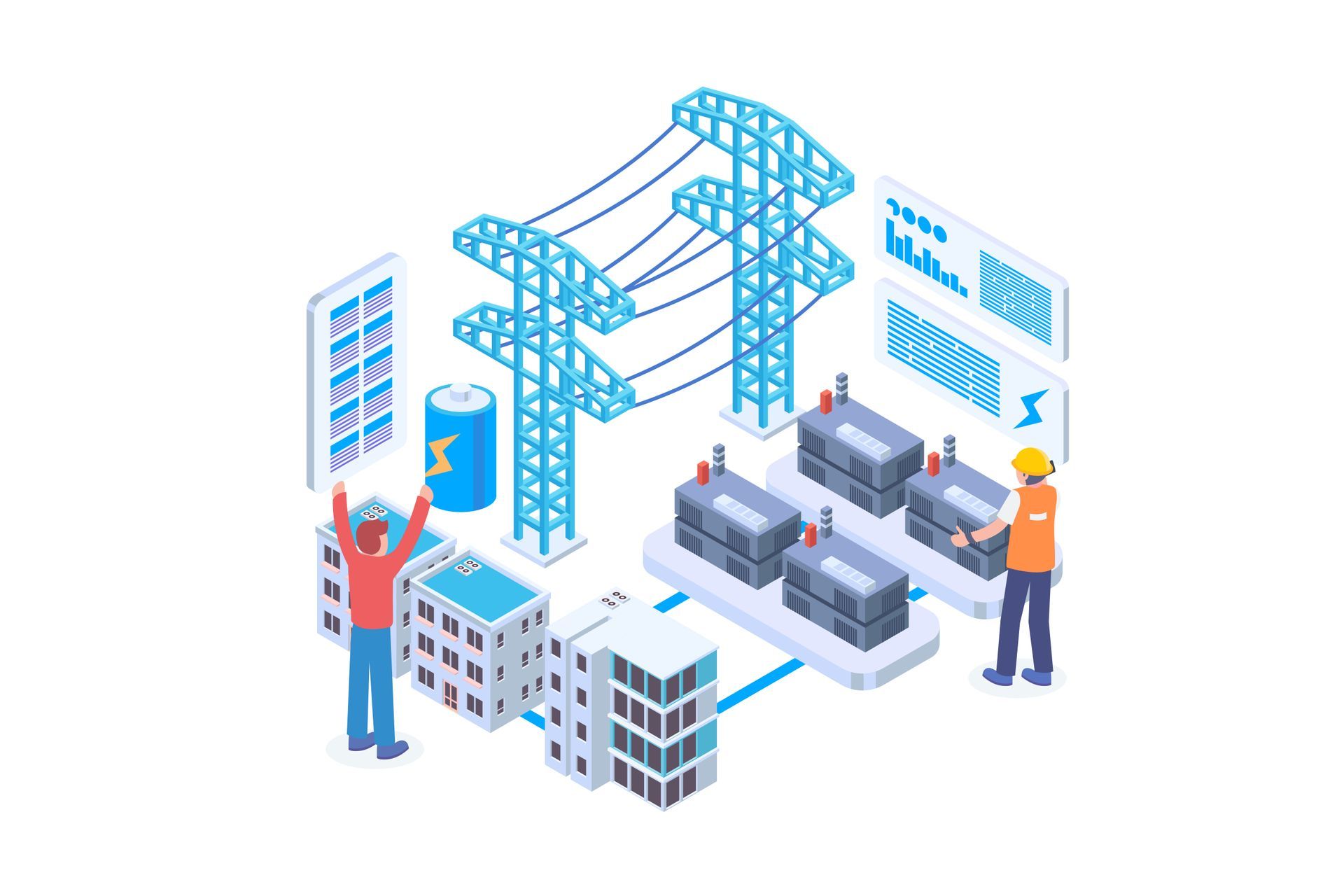1MG FlippingBooks
Renewable Energy Exports: An Industrial Growth Opportunity
By Frank Jotzo
As the world’s largest exporter of coal and gas, Australia has benefited significantly from fossil fuel production – but, as the use of fossil fuels declines, so will our coal and gas exports. Fortunately, the country is endowed not only with abundant fossil fuels but also with practically unlimited potential for cheap, renewable energy production.

This potential could become the basis for large new energy industries that would serve to future-proof our economy, with investment volumes over coming decades potentially north of the trillion-dollar mark. To make it happen, Australian governments will need to invest in R&D, encourage and support private investment, and demonstrate a genuine commitment to climate-change action – all moves in stark contrast with the present federal-policy of a “gas-led recovery”.
Fossil fuel demand trajectories
Given the long-term global trajectory away from fossil fuels, the question is not whether the decarbonisation of global-energy supply will occur, but rather how quickly and by what means. The fundamental driver is the quest to address climate change by switching to a more sustainable energy source.
The global long-term goal, as defined by the Paris Agreement, is beginning to find expression in national commitments to achieving net-zero emissions, and the momentum behind ambitious climate targets suggests fossil fuel use will be largely phased out over coming decades.
Zero-emissions technologies
Were it not for game-changing advances within zero-emissions technologies, achieving such a fundamental turnaround in the world’s energy system would require an intensive, sustained global policy effort. The lion’s share of investment in new energy production, both globally and in Australia, is now in renewables. In the last eight years, the average cost of solar photovoltaic power has fallen by a factor of five, and wind power by a factor of two, making both sources cheaper than any conventional energy supply – and that’s not all. Advances in battery technology and energy-storage have produced electricity grids that run on 100 per cent renewable energy, while rapid progress in the development of electric vehicles has led to plans for a largely electric global fleet and hydrogen-powered heavy vehicles.
Renewables in industry and trade
The demand for clean electricity will increase dramatically, particularly for industrial energy use. At the right price, it may replace both coal and gas as a source of heat. It can also be used in the production of “green” fuels, fertiliser, “green steel” and various other industrial goods.
Trade will be intrinsic to the creation of a low-carbon world economy, particularly in the interest of minimising production costs. Rather than producing their own energy, regions with low clean-energy potential such as the high latitudes of Europe and East Asia would be importers. Global-energy trade patterns would then be largely determined by renewable-energy advantage, rather than fossil fuel endowment.
Australia’s opportunity
With abundant access to interior and coastal space and ports, as well as a record of successfully establishing large-scale resource processing industries, Australia is extremely well placed to become a large player in a global renewables-based export industry. Our stable political, regulatory and investment framework, in particular, sets us apart.
These potential future industries could eclipse the value of current fossil fuel production, especially if Australia were to become a large producer of “green steel”, processing iron ore mined in Western Australia using renewable energy. Renewables projects are also planned for the Northern Territory, with a combined commercial investment in the tens of billions of dollars.
In the case of green steel, the electricity-supply capacity alone would require hundreds of billions of dollars invested, not accounting for the necessary industrial infrastructure – and this could be but a taste of what’s to come. In fact, investment volumes above the trillion-dollar mark are possible.
The government’s imperative
Any major investments in Australia will be made by private investors, not governments. However, the creation of a new energy economy hinges on state and federal governments creating suitable regulatory frameworks to attract large-scale green-industry investments and international capital. Governments need to ensure that Australian communities come out on top, firstly by making arrangements for taxation and royalties that attract private investment while financially benefiting the community.
The federal government also has an important role in supporting R&D and pilot projects through the Australian Renewable Energy Agency (ARENA) and the Clean Energy Finance Corporation (CEFC). Both agencies are expected to invest in a much wider range of activities this decade, but will need much greater funding to be truly effective catalysts of industrial change.
Finally, Australia needs to signal that it is on board with global action on climate change. Australian governments will be tempted to try to walk both sides of the road – by getting into new green industries while supporting the continuation, or even the expansion, of the coal and gas industry -- which could become a major obstacle to progress. Instead, we must be committed to phasing out fossil fuels and unequivocally supporting the shift to a decarbonised world economy.
That means devising a national strategy for slashing emissions to net-zero while establishing a clean-energy export industry, and supporting this strategy through policy and public spending. Anything less risks the country missing out on a starring role in one of this century’s big economic booms.
Frank Jotzo is a professor at the Australian National University’s Crawford School of Public Policy, and Director of the Centre for Climate Economics and Policy at Australian National University. He is an environmental economist, and his research focuses on policy for climate change and energy, in the context of economic reform and development.
Video:
How soon will Australia make green steel? | The Business | ABC News










